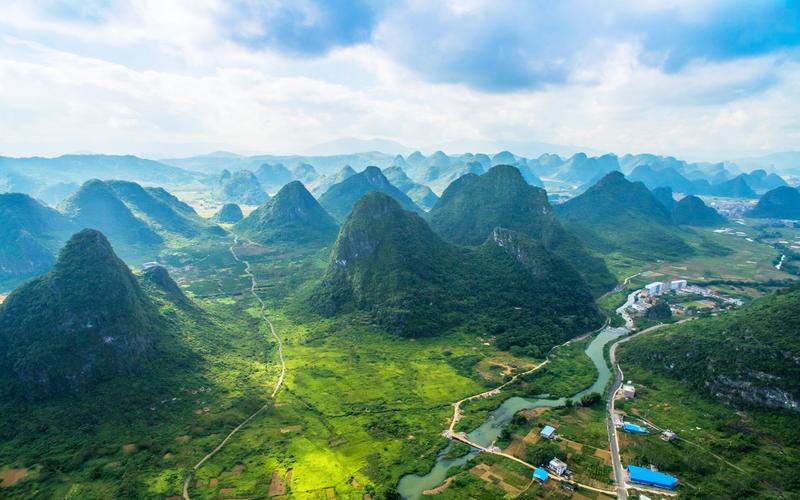Exploring the Richness of Filipino Cultural Traditions
When it comes to cultural diversity, few countries can compete with the Philippines. This Southeast Asian archipelago nation is home to more than 110 million people, and its culture is a blend of various indigenous, Hispanic, and Asian influences. From food to music, literature to dance, the richness of Filipino cultural traditions is truly remarkable.
Food
For many Filipinos, food is not just sustenance, it’s a way of life. Filipino cuisine is a unique mix of flavors that is both comforting and adventurous. Some of the most popular Filipino dishes include adobo, a savory stew of chicken or pork cooked in vinegar, soy sauce, garlic, and bay leaves, and lechon, a whole roasted pig that’s crispy on the outside and juicy on the inside. Other must-try dishes include kare-kare (oxtail stew with peanut sauce), sinigang (sour soup with meat and vegetables), and lumpia (spring rolls).
Music and Dance
Filipino music and dance are as diverse as the country itself. From the tribal rhythms of the Cordillera mountains to the Latin beats brought over by the Spanish, Filipino musical traditions continue to evolve and thrive. One of the most popular Filipino folk dances is the Tinikling, which involves dancers intricately stepping in and out of bamboo poles that are rhythmically clapped together.
Literature
Filipino literature is a treasure trove of stories that reflect both the country’s history and its people’s struggles. From Jose Rizal’s seminal novel Noli Me Tangere to Lualhati Bautista’s Dekada ’70, Filipino literature has long been a way for Filipinos to express their hopes and dreams, as well as their grievances.
Games
Filipinos love their games, and they have a rich history of traditional games that are still played today. Some of the most beloved games include patintero, a game of tag played with teams on either side of a grid, and sungka, a strategy game played with a wooden board and shells or stones.
Religion
The Philippines is the third-largest Catholic country in the world, with a deeply ingrained religious fervor that informs many aspects of Filipino life and culture. This can be seen in the way Filipinos celebrate religious holidays, such as Christmas and Easter, and in the countless fiestas held throughout the year.
In conclusion, exploring the richness of Filipino cultural traditions is a journey that’s both enlightening and enjoyable. From the food to the music, the literature to the games, the Philippines truly has something for everyone. Whether you’re a Filipino by blood or simply curious about this vibrant culture, there’s never been a better time to start exploring all that the Philippines has to offer.
(Note: Do you have knowledge or insights to share? Unlock new opportunities and expand your reach by joining our authors team. Click Registration to join us and share your expertise with our readers.)
